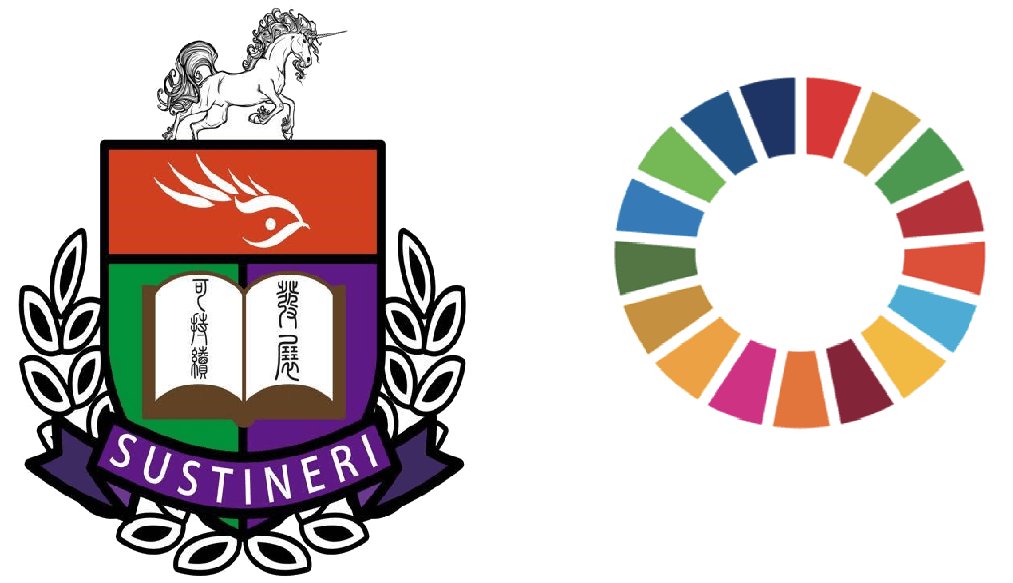The ongoing global energy crisis has prompted the world to recognise energy efficiency as a crucial solution[1]. In line with this trend, the Hong Kong government has prioritised energy efficiency since 2015[2], and fashion and textile manufacturers are increasingly exploring ways to reduce energy consumption and enhance their environmental performance.
One way to achieve energy efficiency in the fashion and textile industry is by adopting energy-efficient technologies. In this regard, fashion and textile manufacturers may invest in high-efficiency lighting, HVAC systems, and machinery to reduce energy consumption. Additionally, implementing automation and digitalisation technologies can help reduce energy usage by optimising manufacturing processes and improving production efficiency.
Optimising energy use in the production process is another approach to achieve energy efficiency in the fashion and textile industry. Energy audits can help fashion and textile manufacturers identify areas of inefficiency and take steps to reduce energy consumption. This may involve replacing outdated equipment, optimising heating and cooling systems, and implementing best practices such as regular equipment maintenance and monitoring. In a successful case of usage, a fashion and textile enterprise improved its energy efficiency by adopting heat recovery technology to recycle thermal energy from hot dye wastewater generated during the energy-intensive dyeing process [3]. The enterprise’s efforts to streamline production and recover waste heat resulted in significant energy savings, demonstrating the effectiveness of this approach.
Fashion and textile manufacturers can also explore renewable energy options to reduce their reliance on fossil fuels and energy waste associated with non-renewable energy production can be significantly reduced. Solar panels and wind turbines can be installed on-site to generate renewable energy, while biomass and geothermal energy sources can be used to power manufacturing processes. The integration of renewable energy sources with energy-efficient technologies can result in significant cost savings over time, while also promoting sustainable energy production.
Finally, building a culture of energy efficiency within the fashion and textile industry can be achieved through education and awareness-raising initiatives. Training programmes can be developed to educate employees on the importance of energy conservation and best practices for reducing energy consumption. Incentive programmes can also be implemented to encourage employees to adopt energy-efficient behaviours and identify areas for improvement.
In conclusion, achieving energy efficiency in the Hong Kong fashion and textile industry requires a multi-faceted approach. By adopting energy-efficient technologies, optimising energy usage, exploring renewable energy options, and building a culture of energy efficiency, fashion and textile manufacturers can reduce energy consumption and costs, while enhancing their environmental performance and building business resilience[4].
[1] https://research.hktdc.com/en/article/MTE2OTIyNTMxMw
[2] https://www.eeb.gov.hk/sites/default/files/pdf/EnergySavingPlanEn.pdf




